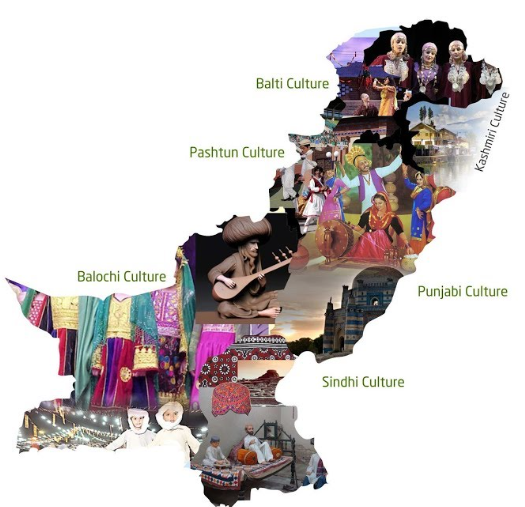5 Cultural Traditions in Pakistan That Are Disappearing Fast
by – “Discovering Secret Facts”
Meta Title: Disappearing Cultural Traditions of Pakistan – Rikhtiya
Meta Description: Discover 5 vanishing cultural traditions in Pakistan and why preserving them matters in today’s fast-paced world. Brought to you by Rikhtiya – Discovering Secret Facts.
Slug: disappearing-cultural-traditions-pakistan
—
Pakistan is a land of rich cultural heritage, vibrant traditions, and timeless customs shaped by thousands of years of history. However, in the race toward modernity, many of these deeply rooted traditions are fading away quietly and quickly. At
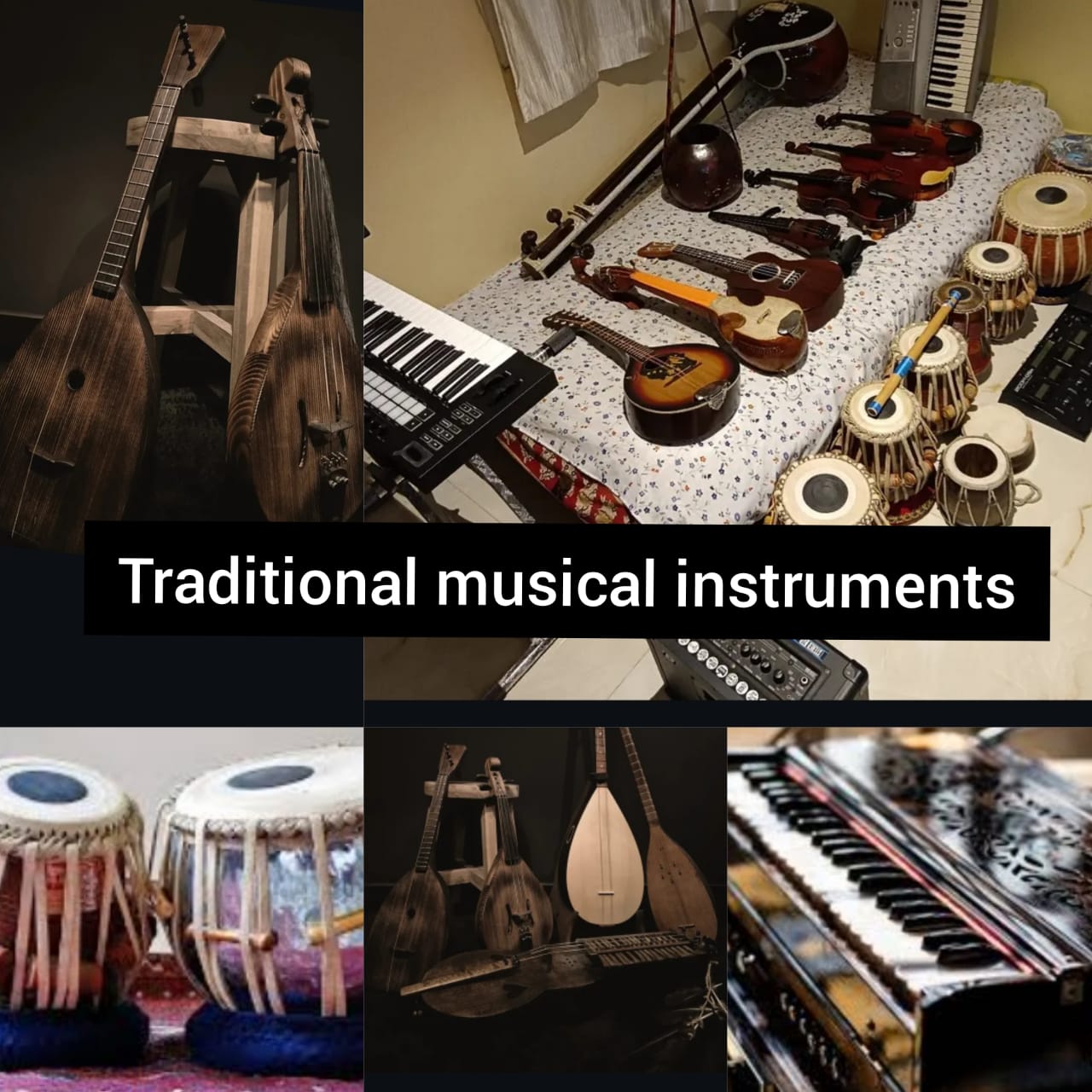
, where we believe in “Discovering Secret Facts,” we shine a spotlight on five treasured Pakistani traditions that are vanishing — and why it’s vital to preserve them.
—
1. Traditional Storytelling (Dastangoi)
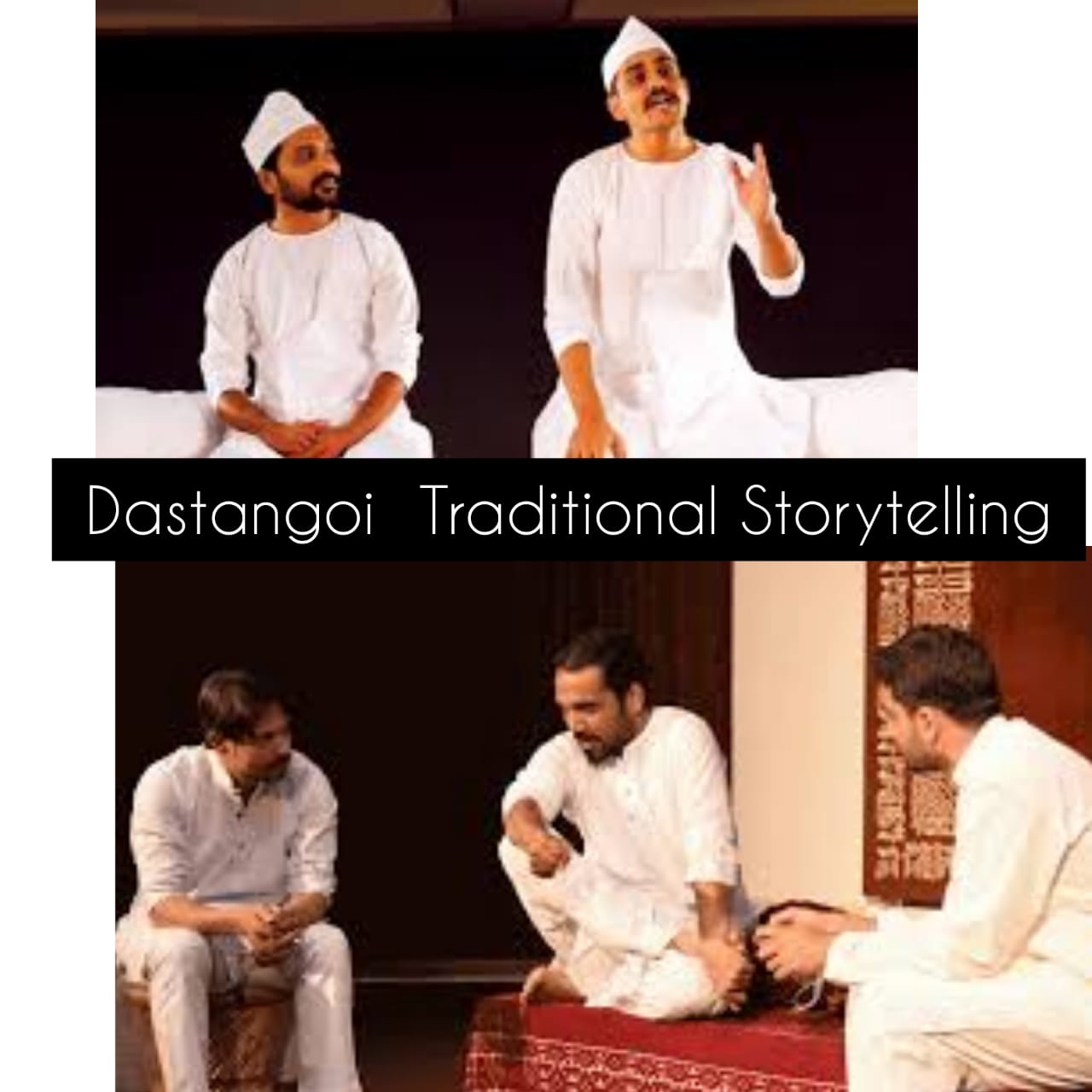
Once upon a time, villages and towns across Pakistan echoed with the mesmerizing voice of the dastango — a traditional storyteller who recited epic tales, folk legends, and historical events to captivated audiences. Dastangoi was an oral art form passed from generation to generation, especially popular in Punjab and Sindh.
Sadly, with the rise of digital media and urbanization, this captivating form of entertainment and education has nearly disappeared. Children now grow up on screens rather than community narratives, and few storytellers remain to pass on this ancient art.
🎯 Why it matters: Oral storytelling preserved local history, culture, and moral lessons. Its decline means the loss of countless undocumented narratives.
—
2. Truck Art as Cultural Expression
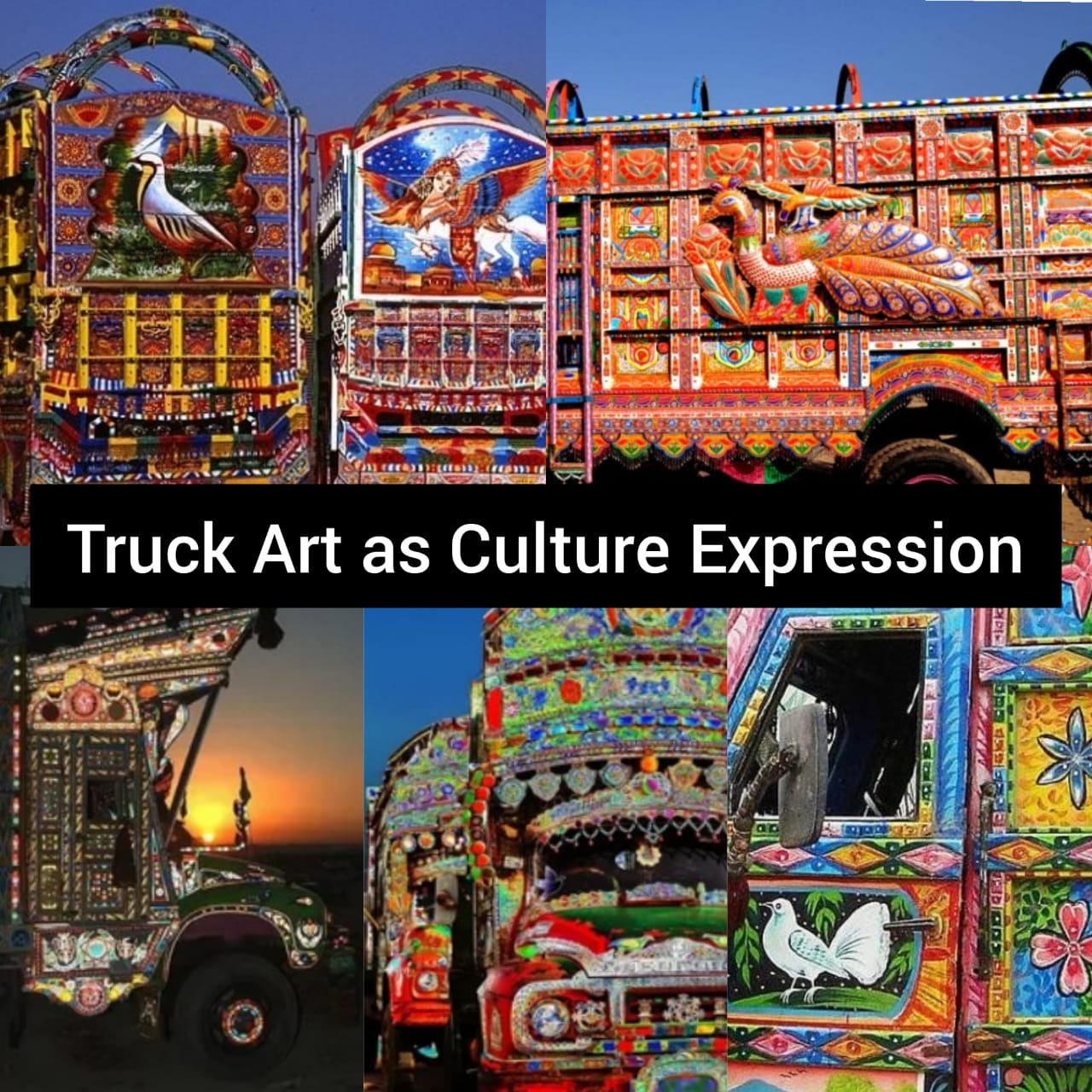
Pakistan’s iconic truck art — bold, colorful, poetic, and symbolic — has long been a mobile expression of identity, pride, and folklore. Artists once spent weeks hand-painting elaborate designs, complete with calligraphy, birds, flowers, and portraits of heroes.
Today, cost-cutting and commercialization have led many truck owners to replace hand-painted panels with mass-printed vinyl stickers. The artistic integrity of this folk tradition is being diluted rapidly.
🎯 Why it matters: Truck art is more than visual flair; it’s an authentic voice of the working class and a bridge between rural and urban artistic expression.
—
3. Traditional Musical Instruments

Pakistan’s regional musical traditions are beautifully diverse — from the haunting tunes of the rubab in Khyber Pakhtunkhwa to the soul-stirring notes of the bansuri in Punjab. Instruments like the sarangi, chimta, and dhol once formed the backbone of folk and spiritual music.
Today, classical music is no longer a staple in households or public life. Modern music trends and lack of institutional support are leading to the disappearance of these instruments and the maestros who mastered them.
🎯 Why it matters: The loss of traditional instruments erodes centuries-old musical identities, silencing unique regional sounds.
—
4. Multigenerational Havelis and Joint Family living.
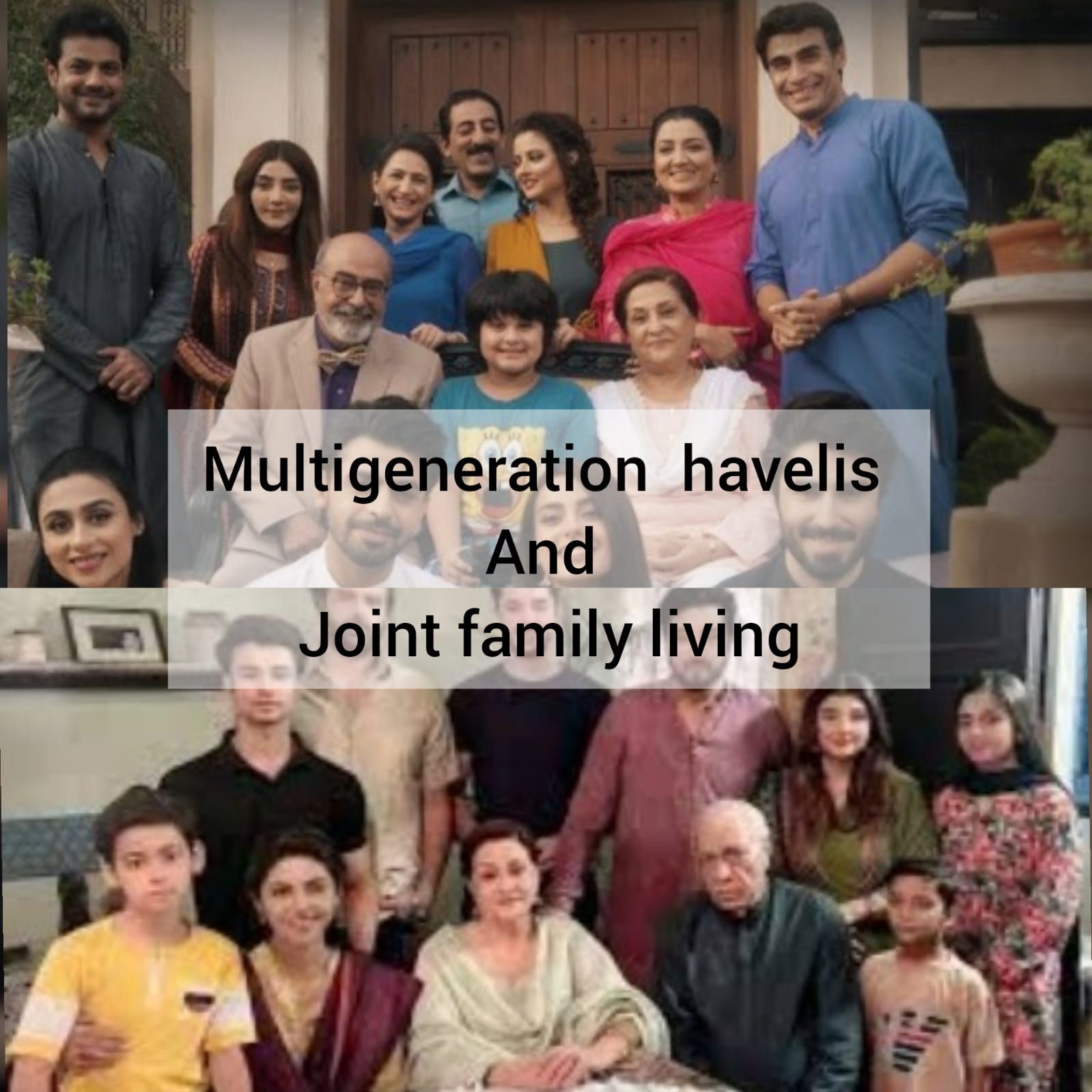
Pakistan’s historic havelis (mansions) and traditional joint family systems fostered community, care, and continuity. Multigenerational households lived together under one roof, sharing not just resources but also wisdom, stories, and traditions.
Now, nuclear families and apartment living are becoming the norm. These changes are not just architectural but social — as younger generations grow up detached from ancestral customs and elderly influence.
🎯 Why it matters: Family structures reflect societal values. Their fragmentation weakens the chain of cultural continuity.
—
5. Regional Handicrafts and Embroidery
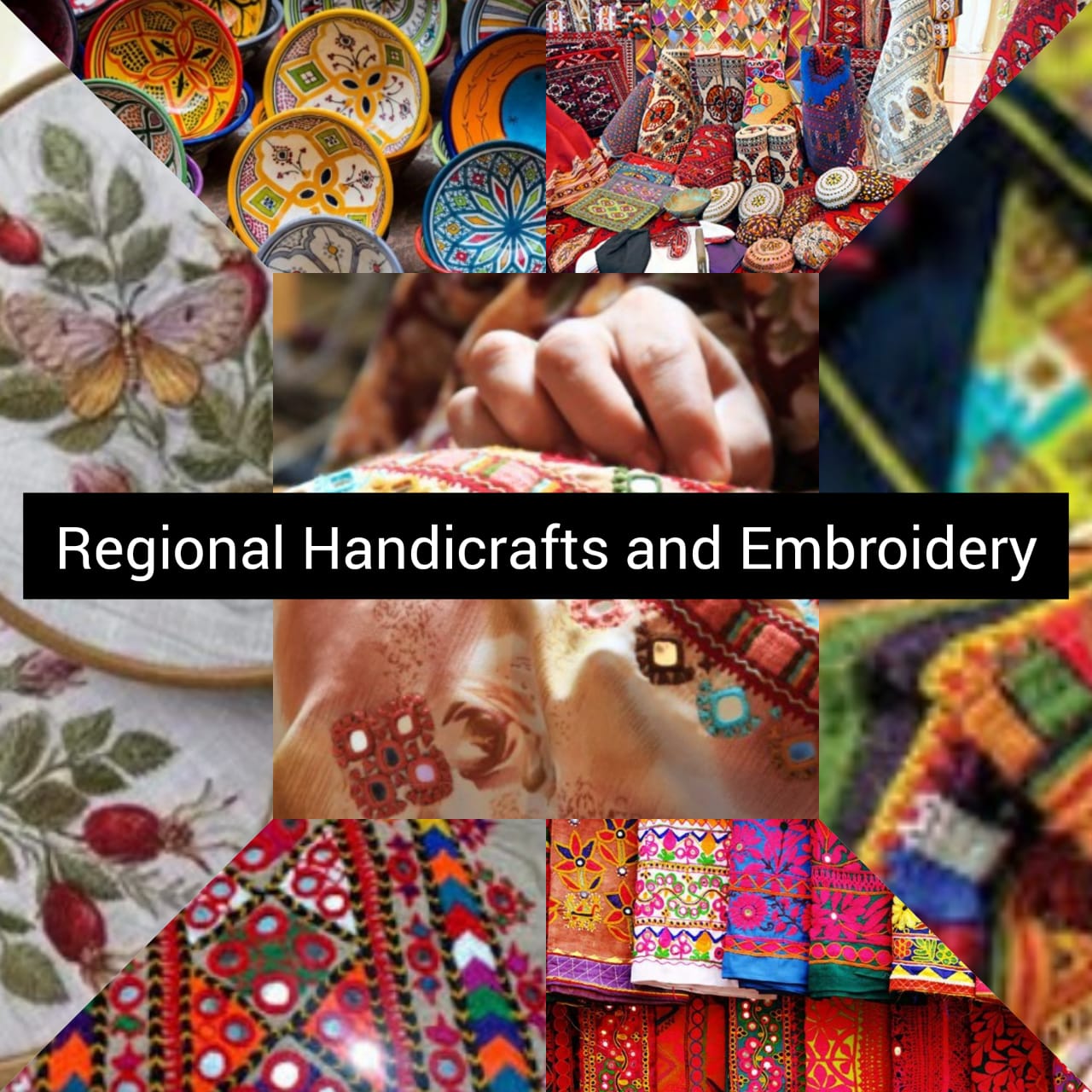
Each province in Pakistan boasts intricate and symbolic embroidery styles — like Sindhi ralli, Balochi needlework, and Swati shawls. These handicrafts were once vital for economic sustenance and cultural storytelling.
But machine-made imports and declining demand have pushed artisans to abandon their trade. With few apprentices, the transmission of these skills is in jeopardy.
🎯 Why it matters: Handicrafts are wearable heritage. Losing them means erasing regional identities and livelihoods.
—
What’s Driving These Losses?
Digital globalization replacing local knowledge
Lack of institutional support and documentation
Urban migration and generational gaps
Shifts in economic and lifestyle priorities
—
How Can We Preserve These Traditions?
✅ Support local artisans and heritage tourism
✅ Include traditional arts in school curriculums
✅ Digitally document oral and musical traditions
✅ Promote cultural festivals and regional exhibitions
✅ Use platforms like Rikhtiya to highlight and celebrate what’s real and fading
—
At Rikhtiya, we believe that preserving cultural traditions is not about resisting change, but about safeguarding identity. Through our mission of “Discovering Secret Facts,” we aim to uncover the stories, practices, and symbols that define who we are — before they’re gone forever.

